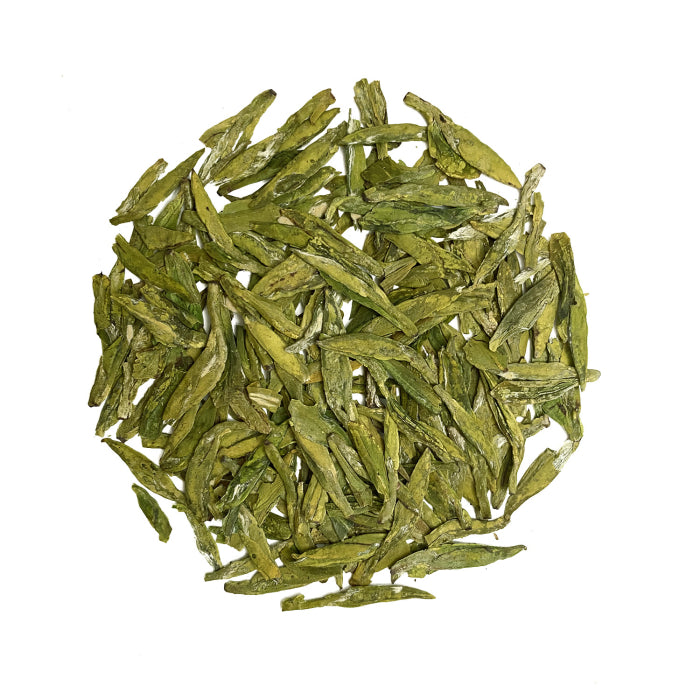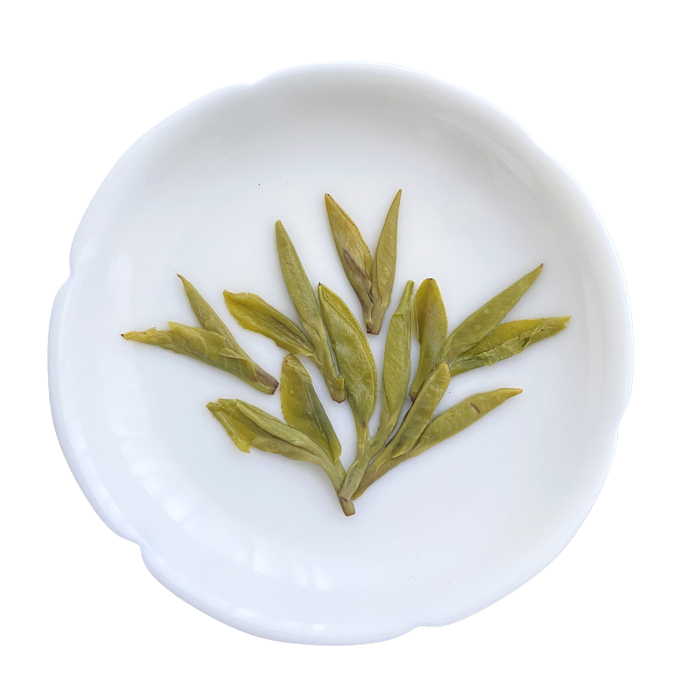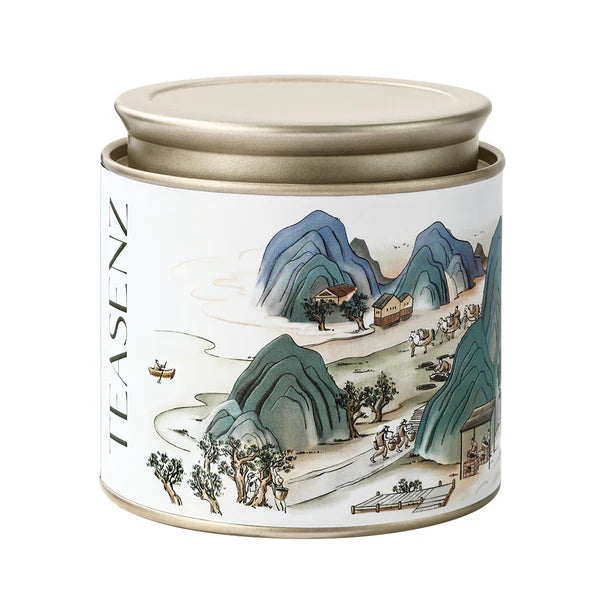Tea-Trug
Longjing
Longjing
Couldn't load pickup availability
The Xihu Longjing, also known as West Lake Dragon Well—China's most beloved green tea. We are excited to offer you our exquisite Longjing tea, known for its light, refreshing brew with a delicate sweetness that lingers. Made exclusively from the tenderest "one bud, one leaf" or "one bud, two leaves" pickings, this tea is truly a rare gem.
- Flavor Profile: A warm, inviting taste with notes of sweet milk, sugared beans, and almonds, highlighted by subtle hints of grapes and vines. It offers a rich, layered flavor without the raw green notes typical of lower-quality teas.
- Aromatics: Delectable layers of chocolate, vanilla, and tuile blend with the fruity depth of overripe strawberries.
- Texture: The tea’s luxurious texture is reminiscent of freshly made nut milks—thick, velvety, and smooth, complementing its bold flavors.
This tea embodies sophistication and balance, showcasing a confident, charismatic character that delights the palate with every sip.
The Three Keys to the Perfect Longjing Pick
Timing: Tea farmers are meticulous about picking at just the right moment. As soon as the buds ripen in early spring, the harvest begins. A well-known Chinese says, "Timing is everything—pick three days early, and you harvest treasure; wait three days too late, and it becomes grass."
Tenderness: The finest Longjing tea comes from the most tender leaves, specifically those with one bud and one or two leaves. These delicate raw materials are the foundation of an exceptional brew.
Frequency: Tea buds continue to sprout daily throughout spring. Farmers typically harvest every day or every other day to ensure the freshest leaves. The harvest season lasts about 30 days, with the best leaves picked in early spring, before the Qingming Festival.
The Art of Longjing Tea Processing
Once picked, the leaves are carefully dried in the shade to mellow any bitterness. Unlike most teas, which undergo rolling or rubbing to shape the leaves, Longjing tea retains its natural form. Instead, the shaping process is skillfully integrated into the frying phase. Using 10 precise hand movements, farmers gently shape the leaves into their signature flat form.
This delicate process of drying and frying is repeated until the water content reaches the perfect level, ensuring the tea is ready for storage or enjoyment.








